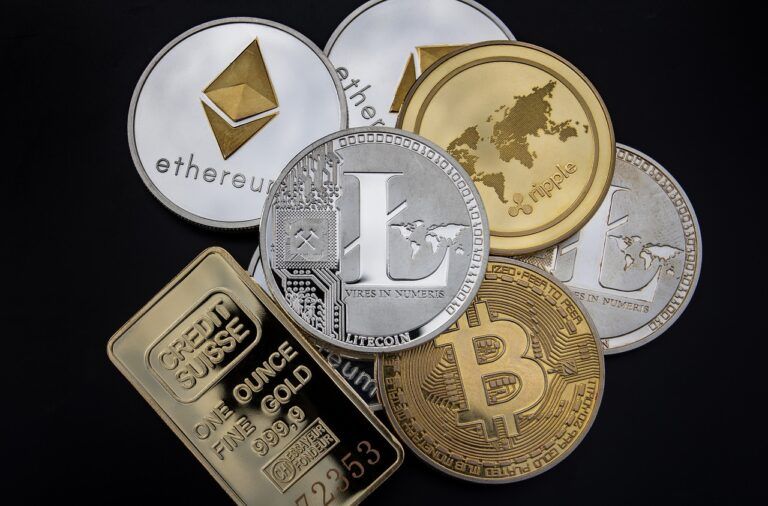Nicholas Merten, the founder of DataDash, the largest cryptocurrency YouTube channel with over 316,000 subscribers, recently noted that crypto will have “four major cycles” including the “Silk Road phase” from 2011-2013, the “retail speculation” phase from 2016-2017, the “institutional speculation” phase from 2019-2020, and finally the “crypto replaces fiat” phase from 2020-2030.
From what I can analyze, crypto will have four major super cycles:
Silk Road (2011-2013) ☑️
Retail Speculation (2016-2017) ☑️
Institutional Speculation (2019-2020)
Crypto Replaces Fiat (2020-2030)— Nicholas Merten (@Nicholas_Merten) November 9, 2018
According to Merten, blockchain technology and cryptocurrencies will “reshape the way we think about trust and money.”
If Criminals Use It, Then It Must Be Useful
As most crypto enthusiasts would know, the now defunct Silk Road was a large online black market where people had been buying and selling controlled substances (drugs), and other types of illicit goods through the use of the pseudonymous digital currency bitcoin. Many IT analysts argue that if criminals are using your technology, then it must be useful and may also have other more legitimate use cases.
Clearly, cryptocurrencies were able to serve as an effective medium of exchange on Silk Road’s underground market.- as the US Federal Bureau of Investigation (FBI) managed to seize 144,000 bitcoins (BTC) (worth $28.5 million at the time) after cracking down on the illegal network.
Silk Road Indirectly Helps Introduce Crypto To Retail Investors
Most of the cryptocurrency belonged to Dread Pirate Robers, the owner of the Silk Road – allegedly Ross Ulbricht. Although Ulbricht is now serving two life sentences without the possibility of parole at a high security federal prison in Colorado, the large number of successful cryptocurrency transactions carried out on the Silk Road may have caught the attention of retail investors.
As Merten noted, the retail speculation phase of cryptoassets came just a few years after the Silk Road was shut down (in October 2013). With a few ups and downs, crypto prices did steadily increased from 2013 to 2016.
In 2017, digital currency prices hit record highs – which was largely due to large investments made by retail investors in highly speculative blockchain-based digital assets.
Xapo Founder: Unrealistic To Expect That Cryptos Will Replace Fiat
Currently, the market capitalization of the crypto market is of about $200 billion – which is considerably lower than its all-time of high of over $800 billion. However, to put things into perspective, the digital asset market was only valued at around $20 billion in January of 2017 – which means that cryptos have (overall) appreciated in value by 10x in (almost) the past two years.
As Merten pointed out, we are now beginning to see more institutional players enter the crypto space such as Fidelity Investments’ digital asset project, the New York Stock Exchange’s crypto platform (Bakkt), Goldman Sachs’ bitcoin derivatives products, among many others.
However, Merten’s assertion that cryptocurrencies will replace fiat may be quite far-fetched as early bitcoin adopter and founder of Xapo, Wences Casares, pointed out:
bitcoin could change money the way the internet changed information but this idea that a blockchain can be used to change an asset that already derives its value from a central authority like title insurance, or banks, or securities settlement is really non-sensical. It’s not true and it doesn’t make any sense.









